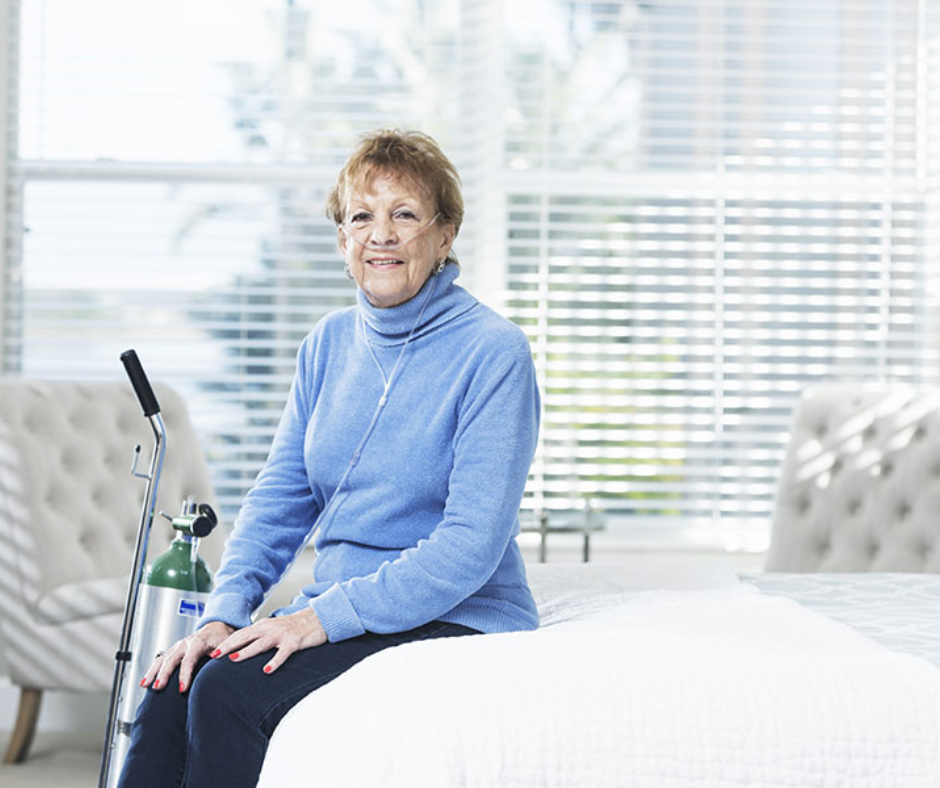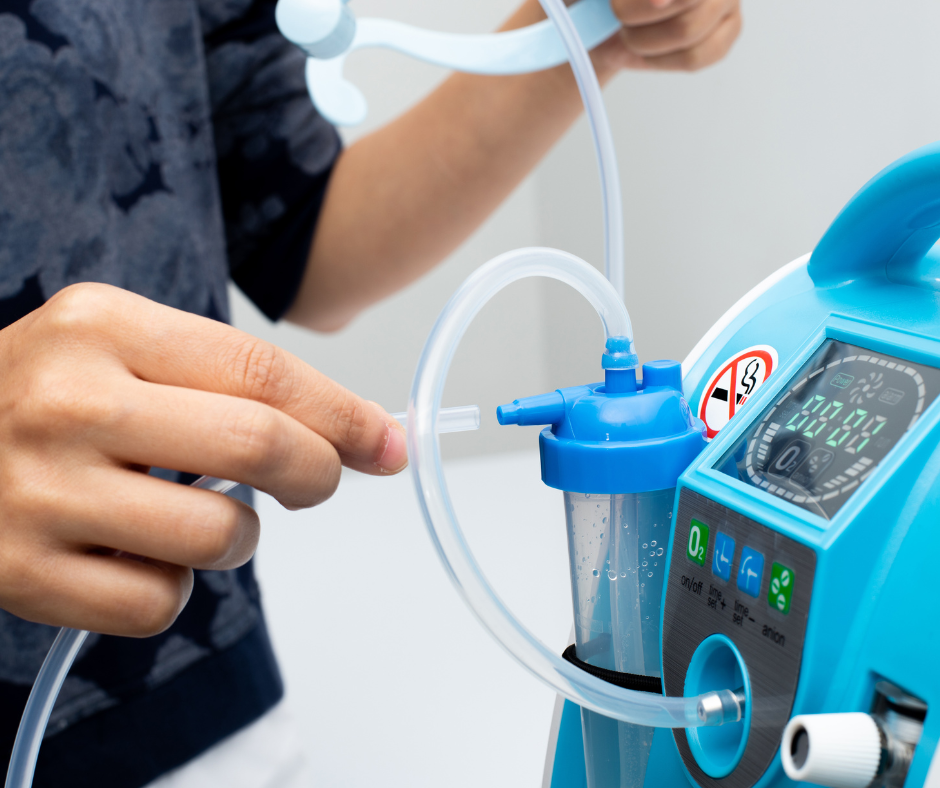August 21, 2025
Oxygen Therapy at Home: Safety Guidelines and Equipment Maintenance Tips
Oxygen therapy can be life-changing for individuals with chronic respiratory conditions, but when administered at home, it requires strict attention to safety and maintenance. Whether you're using oxygen concentrators, cylinders, or liquid oxygen systems, understanding proper procedures helps ensure effectiveness and reduces risks such as fire hazards or equipment failure.
Understanding Home Oxygen Delivery Systems
There are three common oxygen delivery systems used in home settings:
- Oxygen Concentrators: These draw in ambient air, filter out nitrogen, and deliver purified oxygen. They require electricity and are ideal for long-term use.
- Compressed Gas Cylinders: Portable and pre-filled with oxygen, they are often used for short trips or mobility around the house.
- Liquid Oxygen Systems: These provide a higher volume of oxygen and are stored in insulated containers, best suited for patients with higher oxygen demands.
Each system has unique safety and maintenance needs. It’s crucial to follow manufacturer instructions and healthcare provider guidance.

Home Oxygen Safety Guidelines
Oxygen is not flammable, but it supports combustion, which means fire can spread faster and burn hotter in its presence. Follow these guidelines to stay safe:
- No smoking near oxygen: Never allow smoking in the room where oxygen is in use or stored.
- Keep away from flames: Avoid candles, gas stoves, fireplaces, and anything that can ignite easily.
- Store properly: Keep oxygen tanks in an upright position, away from heat sources and in well-ventilated areas.
- Use proper outlets: Plug concentrators into grounded outlets. Avoid extension cords or multi-outlet strips.

Equipment Maintenance and Cleaning Tips
Proper maintenance extends the life of your equipment and prevents infections or mechanical issues.
Oxygen Concentrators
- Clean filters weekly: Remove and rinse the external filter with warm water. Let it dry completely before reinstalling.
- Check for alarms: Test alerts and alarms regularly to ensure they’re functioning properly.
- Schedule professional service: Have the unit inspected and serviced according to manufacturer guidelines.
Nasal Cannula or Mask
- Daily cleaning: Wash with mild soap and warm water. Rinse thoroughly and air dry.
- Replace regularly: Cannulas and masks should be replaced every 2–4 weeks or sooner if visibly soiled or damaged.
Humidifier Bottles (if used)
- Use distilled water only: Tap water can introduce bacteria and minerals.
- Clean daily, replace weekly: Wash with warm soapy water, rinse well, and sanitize weekly with a vinegar solution.

When to Call a Healthcare Provider
Notify your provider if you notice:
- Equipment malfunction (e.g., oxygen not flowing properly)
- Nasal irritation or nosebleeds
- Shortness of breath despite using oxygen
- Unusual noises or overheating from devices
Administering oxygen therapy at home can be safe and effective when you follow clear safety guidelines and commit to routine maintenance. By understanding the equipment, maintaining cleanliness, and creating a hazard-free environment, you can improve respiratory health while minimizing risks. Always coordinate with your healthcare team to ensure proper usage and response to any concerns.
Your health deserves the best. CLICK HERE to shop oxygen therapy equipment from us and ensure safe, worry-free home care.

